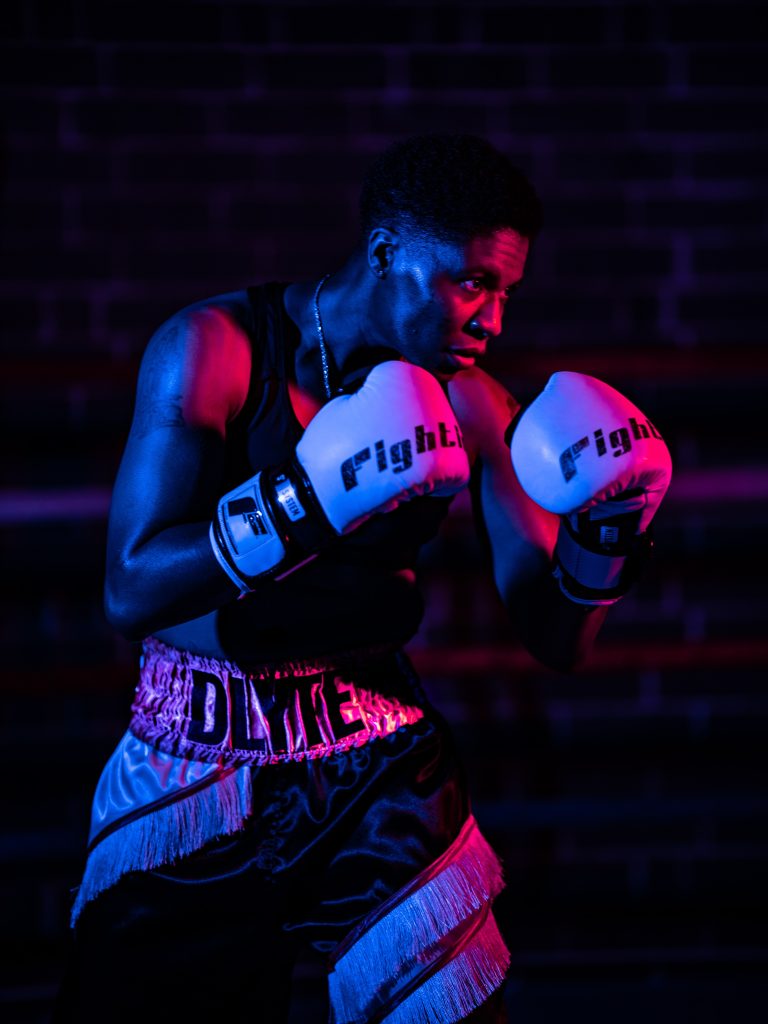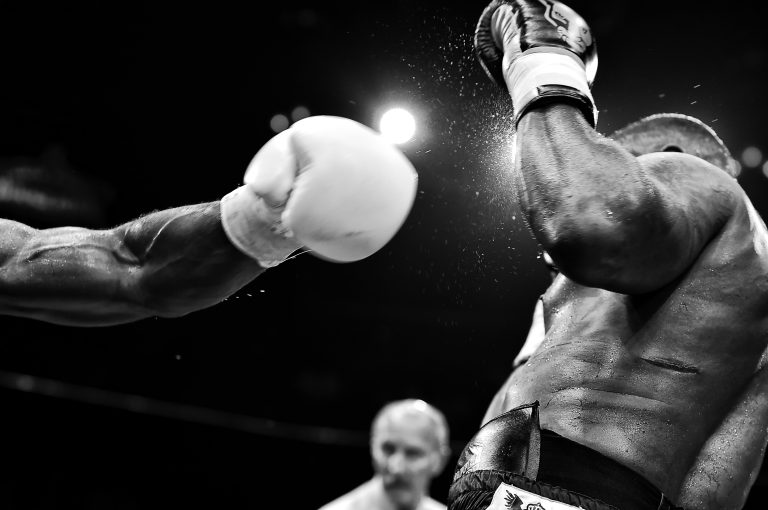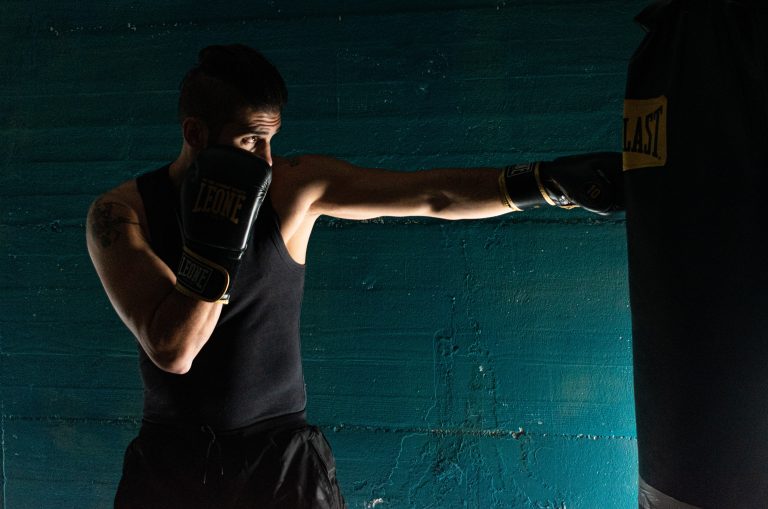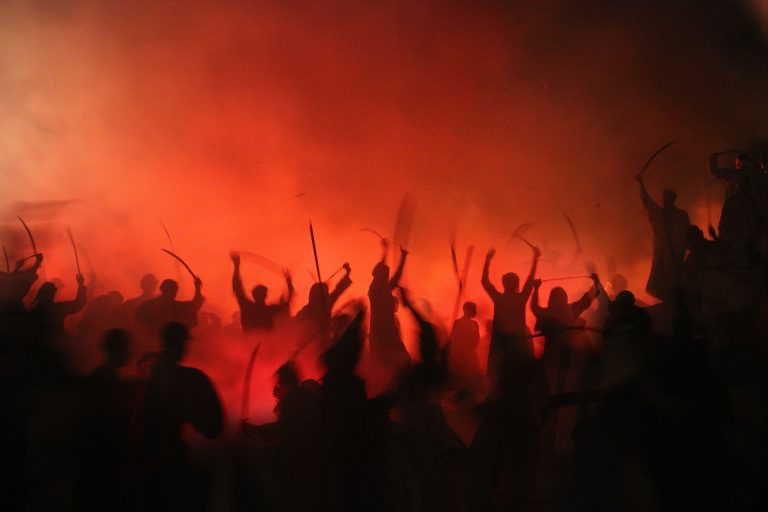What are the Belts in Shotokan Karate?
Shotokan Karate is a form of martial art that originated in Japan in the early 20th century. It is one of the most popular styles of Karate in the world today, and millions of people practice it as a sport, for physical fitness, and for self-defense. One aspect of practicing Shotokan Karate is the use of a belt system to indicate a student’s rank and progression. In this article, we will discuss what the belts in Shotokan Karate are, their meaning, and how they are earned.
The Belt System in Shotokan Karate
The belt system in Shotokan Karate is used to indicate a student’s level of learning and proficiency in the art. The system begins with the white belt and progresses up to the highest level of the black belt, which is further divided into ten degrees or Dan. The belt system serves as a roadmap for students on their journey toward mastering Shotokan Karate.
The Meaning of Each Belt Color
Each belt color in Shotokan Karate has a specific meaning and represents different things. Here is a breakdown of what each of these colors represents:
White Belt
The white belt is the starting point in Shotokan Karate. It symbolizes the beginning of the student’s journey and represents a blank slate. At this point, the student has no knowledge or experience in Karate.
Yellow Belt
The yellow belt is the second rank in Shotokan Karate. It is a symbol of the sun, representing the light that begins to shine on the student’s journey. At this stage, the student has gained some knowledge and is starting to become proficient in basic techniques.
Orange Belt
The orange belt is the third rank in Shotokan Karate. It represents the rising sun and the warmth of new life. The student at this stage is starting to gain more advanced knowledge and techniques.
Green Belt
The green belt is the fourth rank in Shotokan Karate. It symbolizes growth and a plant that is beginning to bloom. At this point, the student has gained considerable knowledge and skill in the art.
Blue Belt
The blue belt is the fifth rank in Shotokan Karate. It represents the sky above and the ocean below. It is a symbol of progression and depth of knowledge. Students at this stage have a good understanding and mastery of the Karate basics.
Purple Belt
The purple belt is the sixth rank in Shotokan Karate. It represents a transition from visible to the invisible. The student at this stage is mastering advanced techniques and starting to develop their personal style.
Brown Belt
The brown belt is the seventh rank in Shotokan Karate. It symbolizes maturity and stability. The student at this level has mastered the advanced techniques and is ready for a new challenge.
Black Belt
The black belt is the highest rank in Shotokan Karate. It represents a new beginning, as the student has reached the end of their journey and is ready to start anew. The black belt is divided into ten degrees or Dan, and students can continue to advance through these degrees with continued practice, dedication, and mastery of the art.
How the Belts are Earned
Earning each belt in Shotokan Karate requires hard work, dedication, and mastery of the techniques and principles of the art. Students must demonstrate a deep understanding of each technique and perform them with precision, power, and accuracy. They must also show discipline, respect, and honor toward their instructors, fellow students, and the art itself.
To earn a new belt, students must pass a rigorous examination process that tests their knowledge, skill, and fitness levels. The examination includes both written and practical exams, and students must achieve a certain score to pass. Examinations are scheduled periodically throughout the year, and students are required to train for months or sometimes years before they are ready to take the test.
The Different Belts in Shotokan Karate
Shotokan karate is a martial art that originated in Japan and is now practiced all over the world. One of the most recognizable aspects of Shotokan karate is the system of belts that students progress through as they learn and improve their skills. In this blog post, we will address some of the most frequently asked questions about the belts in Shotokan karate.
What do the different colors of belts in Shotokan karate mean?
In Shotokan karate, the color of one’s belt signifies one’s rank and level of expertise. A beginner starts with a white belt and progresses through a series of colored belts as they improve their skills and knowledge. The order of the colored belts in Shotokan karate, from beginner to advanced, is as follows:
– White Belt
– Orange Belt
– Red Belt
– Yellow Belt
– Green Belt
– Purple Belt
– Brown Belt
– Black Belt
Each color signifies the wearer’s rank and level of expertise, with black belt being the highest rank achievable in Shotokan karate.
How long does each belt level last in Shotokan karate?
The amount of time it takes to progress through each belt level in Shotokan karate can vary depending on the individual’s dedication and practice. Some schools have a minimum requirement of training hours or competitions that must be met before a student can progress to the next level. On average, it can take anywhere from 6 to 18 months to progress to the next belt level in Shotokan karate.
What is the process for testing and earning a new belt level in Shotokan karate?
To progress to the next belt level in Shotokan karate, a student must undergo a grading process or test. This often involves demonstrating knowledge of specific techniques, kata (forms), sparring, and other aspects of Shotokan karate. Grading tests can vary depending on the school and instructor, but most involve a panel of judges who evaluate the student’s performance.
Are there any age restrictions for earning a black belt in Shotokan karate?
There are no age restrictions for earning a black belt in Shotokan karate. In fact, many schools offer special programs for children and young adults to earn their black belts. However, it is important to note that earning a black belt in Shotokan karate requires a high level of dedication, discipline, and practice. It is not a rank that can be achieved quickly or easily.
What are some common misconceptions about the belts in Shotokan karate?
One common misconception about the belts in Shotokan karate is that they are solely based on physical ability and strength. While physical fitness is certainly an important aspect of Shotokan karate, the belts also signify a student’s knowledge and understanding of the martial art.
Another misconception is that black belt is the end goal or ultimate achievement in Shotokan karate. In reality, earning a black belt is just the beginning of a lifelong journey of learning and improving one’s skills in the martial art.
What are the Belts in Shotokan Karate?
Shotokan Karate is a popular martial arts form that originated in Japan. It is known for its emphasis on powerful strikes and deep stances. One of the most recognizable features of Shotokan Karate is the use of colored belts to signify a student’s rank. These belts represent the level of proficiency a student has achieved in the martial art. In this post, we will explain what the belts in Shotokan Karate are and how to progress through them to reach the coveted black belt.
The Different Belts in Shotokan Karate
Shotokan Karate has a standardized ranking system that is recognized worldwide. The belts in Shotokan Karate are as follows, listed in order of increasing rank:
– White Belt
– Yellow Belt
– Orange Belt
– Green Belt
– Blue Belt
– Purple Belt
– Brown Belt
– Black Belt
How to Progress Through the Belts in Shotokan Karate
Each belt in Shotokan Karate represents a level of proficiency that a student has achieved. To progress from one belt to the next, a student must demonstrate a mastery of certain techniques and skills. The exact requirements for each belt may vary depending on the martial arts school; however, there are general guidelines that most schools follow.
White Belt
The white belt is the starting point for all students in Shotokan Karate. At this level, the focus is on learning the basic techniques of the martial art. These techniques include blocking, striking, and kicking. To progress to the next level, a student must demonstrate a basic understanding of these techniques and be able to perform them with proper form.
Colored Belts
Once a student has demonstrated a basic understanding of the martial art, they will progress to the colored belts. At this level, the focus is on refining the basic techniques and learning new ones. Color belt requirements will vary between schools, but generally, students must demonstrate an understanding of kata (a predetermined set of techniques) and kumite (sparring) to progress through the colored belts.
Black Belt
The black belt is the ultimate goal for many students in Shotokan Karate. To attain the black belt, a student must have demonstrated a mastery of the techniques and skills required for all previous belt levels. The requirements for the black belt will vary between schools, but generally, students must have a deep understanding of kata and kumite, as well as have the ability to teach and mentor others.
Tips for Progressing Through the Belts in Shotokan Karate
Progressing through the belts in Shotokan Karate requires discipline, hard work, and dedication. Here are some tips to help you reach your full potential:
Practice, Practice, Practice
Shotokan Karate is not something that can be learned overnight. It requires practice and repetition to master the techniques. Make sure to practice regularly and consistently to improve your abilities.
Set Realistic Goals
To stay motivated, it is important to set achievable goals. Break down your progress into smaller steps and celebrate each milestone that you reach.
Stay Focused
Learning Shotokan Karate requires mental focus as well as physical practice. Stay focused on the techniques and strive to improve with each training session.
Listen to Your Sensei
Your sensei (instructor) is there to guide you on your martial arts journey. Listen to their feedback and incorporate it into your training.
Stay Positive
Progressing through the belts can be challenging, but it is important to stay positive and have a growth mindset. Believe in yourself and your abilities, and don’t let setbacks discourage you.
Conclusion
The belts in Shotokan Karate represent a student’s progress in mastering the martial art. By following the guidelines for each belt level and practicing regularly, students can progress through the ranks to reach the coveted black belt. Remember to stay disciplined and focused on your goals, and celebrate each accomplishment along the way.
Inhaltsverzeichnis






